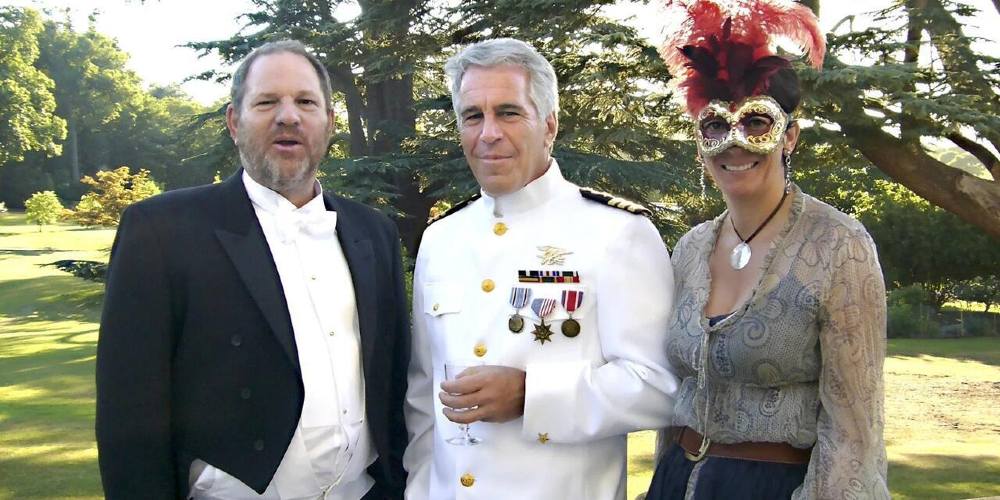God's Mercy Among Diverse Faiths: Religious Beliefs In 1889

Table of Contents
Christianity's Expression of God's Mercy in 1889
The Role of Salvation and Forgiveness
In 1889, Christian theology, both Protestant and Catholic, centered on the concept of salvation through Christ's sacrifice. This sacrifice was understood as the ultimate act of God's mercy, offering forgiveness for sins and the promise of eternal life. Protestant denominations, with their emphasis on individual faith and the Bible, often focused on personal conversion and the grace extended through belief in Jesus. Catholic theology, meanwhile, highlighted the role of the sacraments, particularly confession, in receiving God's mercy and achieving reconciliation. Prominent figures like Cardinal Gibbons in the Catholic Church and various leading Protestant theologians continued to shape the understanding and dissemination of these core tenets.
- Examples of charitable organizations and missionary work demonstrating mercy:
- The YMCA and YWCA expanded their social outreach programs.
- Missionary societies actively engaged in providing aid and spreading the Gospel.
- Numerous charitable institutions focused on aiding the poor and marginalized.
The Social Gospel Movement and its Impact
The late 19th century witnessed the rise of the Social Gospel movement within Protestant Christianity. This movement emphasized applying Christian principles to social justice issues, viewing the alleviation of poverty and social inequality as a direct expression of God's mercy. Leaders like Washington Gladden championed this approach, advocating for better working conditions, fair wages, and social reform.
- Examples of social reform initiatives tied to the Social Gospel:
- Advocacy for child labor laws.
- Support for temperance movements.
- Establishment of settlement houses in urban areas.
The Social Gospel movement profoundly impacted the understanding of Christian mercy, moving beyond individual salvation to encompass a broader commitment to social responsibility and justice.
God's Mercy in Other Abrahamic Faiths (1889)
Jewish Perspectives on Divine Compassion (1889)
In 1889, Jewish communities worldwide continued to uphold the central role of tzedakah (righteousness and charity) as an expression of God's mercy and a pathway to fulfilling religious obligations. The practice of tzedakah extended from individual acts of giving to communal support systems. Repentance (teshuva) was also understood as a crucial means of receiving God’s mercy and restoring one's relationship with God.
- Examples of Jewish charitable acts or community support during the year:
- Synagogues served as centers for community support and charitable giving.
- Mutual aid societies provided assistance to members in need.
- Individual acts of charity were seen as a religious duty.
Islamic Understanding of Divine Mercy (Rahma) in 1889
The Islamic concept of Rahma (divine mercy) was, and remains, a cornerstone of Islamic faith. Rahma is understood as God's boundless compassion and forgiveness, a quality that transcends justice and offers hope for even the most grievous sins. In 1889, Islamic communities across the globe expressed Rahma through various forms of charity, community support, and the upholding of Islamic principles of compassion and justice.
- Examples of acts of compassion or charity within Muslim communities:
- Zakat (alms-giving) was a central practice.
- Community support networks helped those in need.
- Emphasis on ethical conduct and social justice reflected Rahma.
Eastern Religious Traditions and the Concept of Compassion (1889)
Buddhist Concepts of Compassion (Karuna)
Buddhist teachings emphasize karuna, compassion, as a crucial path to enlightenment. Karuna involves not only empathy for suffering but also the active effort to alleviate it. In 1889, Buddhist practices such as meditation, mindfulness, and acts of service reflected this commitment to compassion. The concept wasn’t limited to personal enlightenment, but extended to the alleviation of suffering for all sentient beings.
- Examples of Buddhist practices emphasizing compassion:
- Meditation practices fostering empathy.
- Acts of service and charity towards others.
- Monastic orders engaging in charitable work.
Hindu Understanding of Divine Grace and Compassion
Hinduism encompasses a diverse range of beliefs and practices, but the concept of divine grace and compassion permeates many schools of thought. The deities are often depicted as merciful and forgiving, offering guidance and support to devotees. Devotional practices, acts of service, and adherence to dharma (righteous conduct) were seen as ways to receive and embody divine compassion in 1889.
- Examples of Hindu practices demonstrating compassion:
- Acts of selfless service and charity.
- Devotional practices aimed at connecting with compassionate deities.
- Emphasis on living a life in accordance with dharma.
Conclusion
In 1889, diverse religious traditions offered unique yet interconnected interpretations of God's mercy. Whether expressed through Christian salvation, Jewish tzedakah, Islamic Rahma, or Buddhist karuna, the pursuit and experience of divine compassion formed a crucial element of spiritual life across the globe. This exploration has shown the widespread understanding and diverse expressions of this fundamental spiritual concept.
Call to Action: Further research into the varied expressions of God's mercy across different faiths in 1889 can deepen our understanding of religious history and the enduring human desire for divine compassion. Continue exploring the multifaceted nature of God's mercy and its impact on religious beliefs in 1889 and beyond. Understanding God's mercy in its various historical contexts remains vital for comprehending religious belief systems.

Featured Posts
-
 Lake Charles Easter Weekend A Lineup Of Live Music And Events
May 10, 2025
Lake Charles Easter Weekend A Lineup Of Live Music And Events
May 10, 2025 -
 Betting On Tragedy The Los Angeles Wildfires And The Moral Implications
May 10, 2025
Betting On Tragedy The Los Angeles Wildfires And The Moral Implications
May 10, 2025 -
 Lac Kir Dijon Violente Agression De Trois Hommes
May 10, 2025
Lac Kir Dijon Violente Agression De Trois Hommes
May 10, 2025 -
 Uncovering The Truth Pam Bondi And The Alleged Epstein Client List
May 10, 2025
Uncovering The Truth Pam Bondi And The Alleged Epstein Client List
May 10, 2025 -
 Uk Visa Restrictions Report On Nationality Based Limits
May 10, 2025
Uk Visa Restrictions Report On Nationality Based Limits
May 10, 2025
